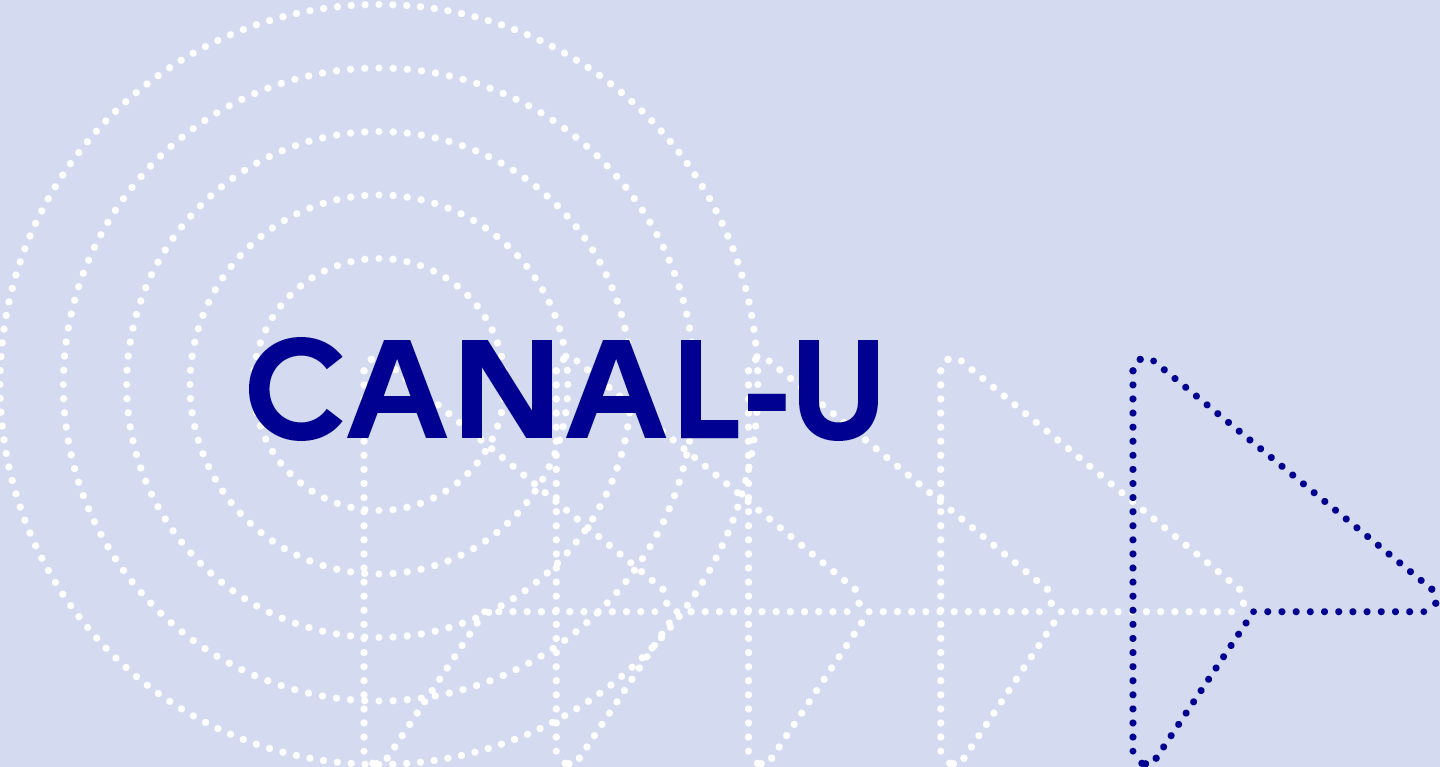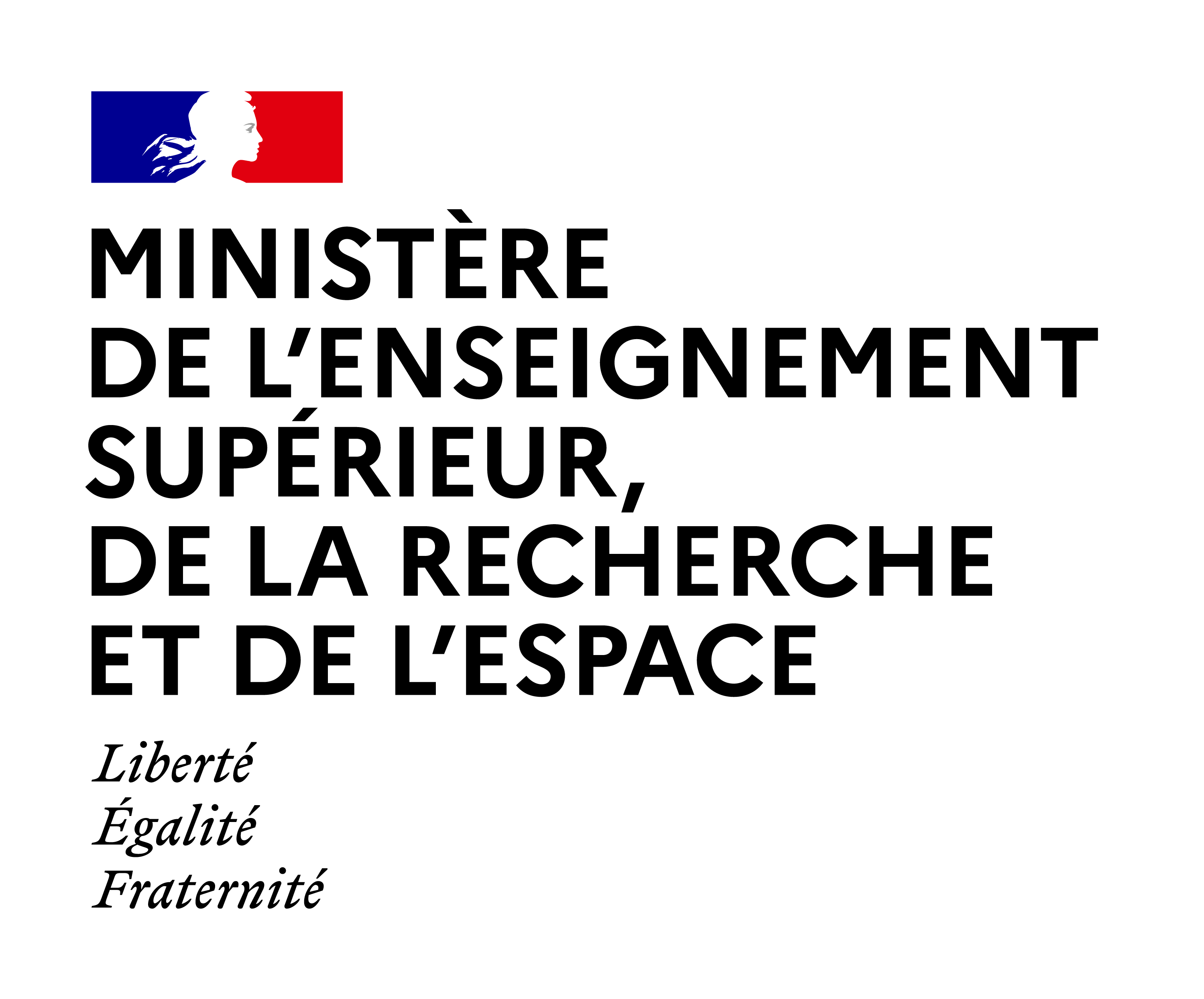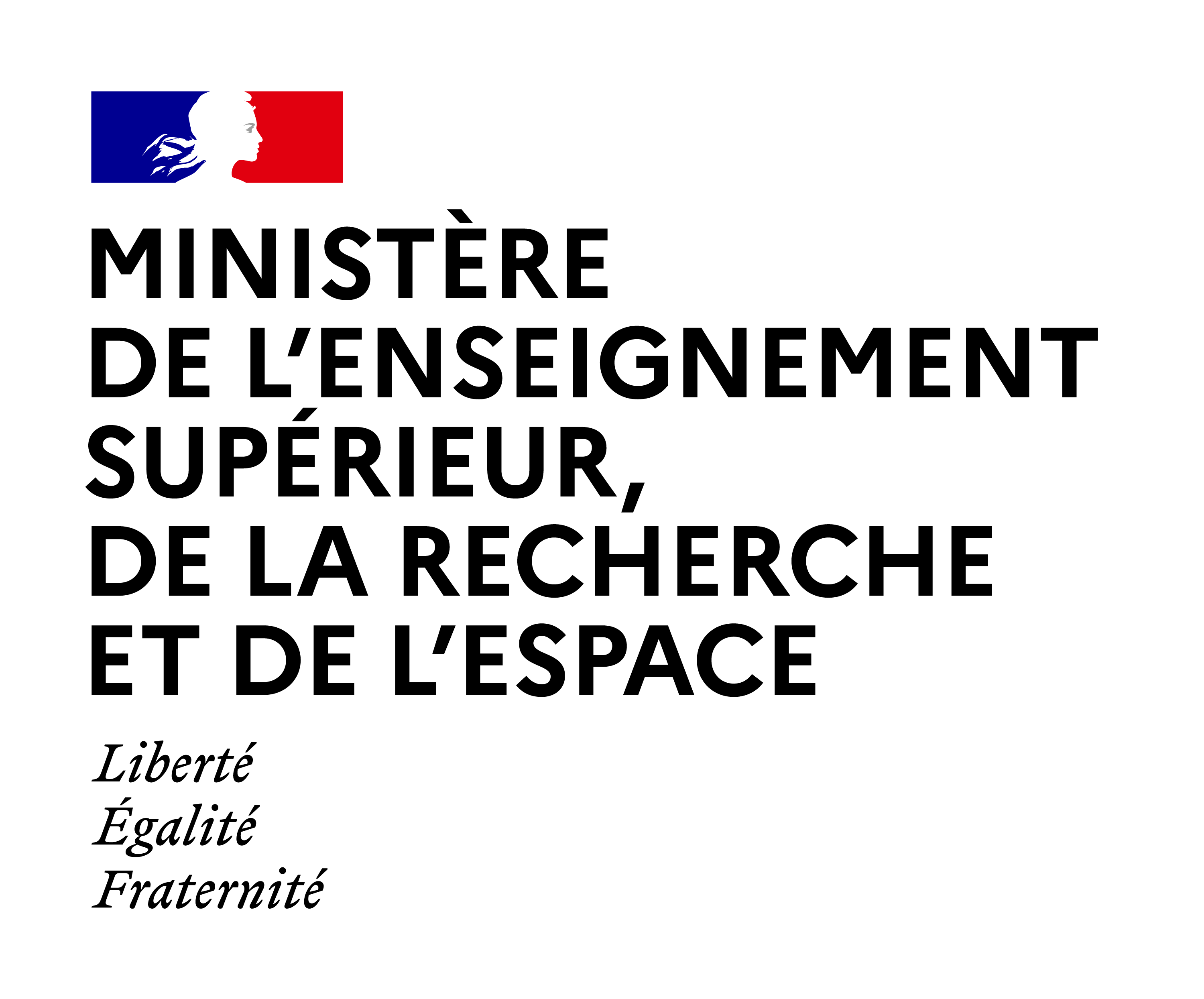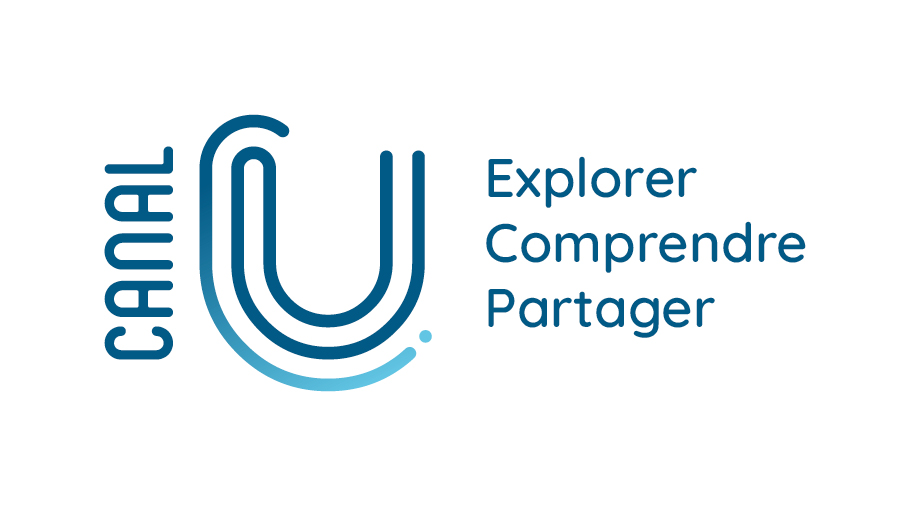
Sommaire
The artist as mediator in Seeing Nanotechnology / Chris Robinson
Date de création :
09.12.2011Auteur(s) :
Chris ROBINSONPrésentation
Informations pratiques
Droits réservés à l'éditeur et aux auteurs. Tous droits réservés à l'Université Toulouse II-Le Mirail, aux auteurs et aux artistes.
Description de la ressource
Résumé
The artist as mediator in Seeing Nanotechnology / Chris Robinson. In "Images & mirages @ nanosciences", colloque international organisé par le Laboratoire Interdisciplinaire Solidarités, Sociétés, Territoires (LISST) de l'Université Toulouse II-Le Mirail, le Centre d'Élaboration de Matériaux et d'Études Structurales (CEMES) rattaché à l'Institut de Physique du CNRS et le Laboratoire de Physique et Chimie de Nano-Objets (LPCNO) de l'INSA Toulouse. Université Toulouse II-Le Mirail / La Fabrique Culturelle, 9-10 décembre 2010. Thématique 3 : Imaginer, représenter, simuler. Les modalités épistémiques et esthétiques des images, 9 décembre 2010. This presentation will address the visual arts role in the development of nanotechnology, along with the types of influence the arts can and should have on that development. Images are playing an instrumental role in the development of nanotechnology. Algorithmic miuoscopy seeks to illuminate and confirm the developmental theory that currently does not allow traditional visual confirmation. The scale is too small for optical microscopy, happening at a runge smaller than wavelengths of light, and a collection of instruments have been developed to "see" or understandw hat is transpiring. Since they are algorithmically generated,and often fall out of our normal visual conventions, there is broad opportunity for both image creation and manipulation. Many scientists and engineers have acted as self-proclaimed visual experts in how these images are altered and presented, what they convey, and what they mean. Several of the images have become iconic to the development of the science, yet often confuse, and mislead more then they illuminate, confirm, or convey. The previously bland graphs and charts have been replaced by rich, colorful visual documentation and wild speculation unconstrained by any semblance of fact or truth. Nanotechnology proposes significant influence on the future of our culture and rapid emergence of sweeping change. The scale is important because it embodiest he very building blocks of life, and observation, manipulation, and construction are having a profound effect on that development as well as how the public perceives and understands its purpose and meaning. Artists and cultural observers have the opportunity and an obligation to be a party to this development and to help shape beneficial and meaningfrrl assimilation, growth, and the effect on culture. A viewing public, not to speak of other scientists, risk being seduced and mislead by images that have been manipulated for their attention attracting qualities more so than the illumination of science. The quantum scale compounds this confusion and by its very nature offers physical atfibutes that fall well out of our normal understanding and at rates of speed that are equally hard to comprehend. The presentation will'offer examples of why it is important for the arts to be involved in the mediation of this complex technology and distinctive failures as well as productive models, the resulting loss of tust when the visual experts are not involved, and how these instruments and conventions may change how and what it means to see. There is an exceptionally rich opportunity for the improvement of scientific insight, productive visualization, as well as for meaningful works of fine art. > La communication de Chris Robinson est suivie d'un débat avec le public.
"Domaine(s)" et indice(s) Dewey
- Les arts (700)
- Nanotechnologies (620.5)
Domaine(s)
- Arts
- Nanosystèmes
- Nanomatériaux
- Nanotechnologies
Intervenants, édition et diffusion
Intervenants
Édition
- Université Toulouse II-Le Mirail
Diffusion
Document(s) annexe(s)
- Cette ressource fait partie de
Fiche technique
- LOMv1.0
- LOMFRv1.0
- Voir la fiche XML




